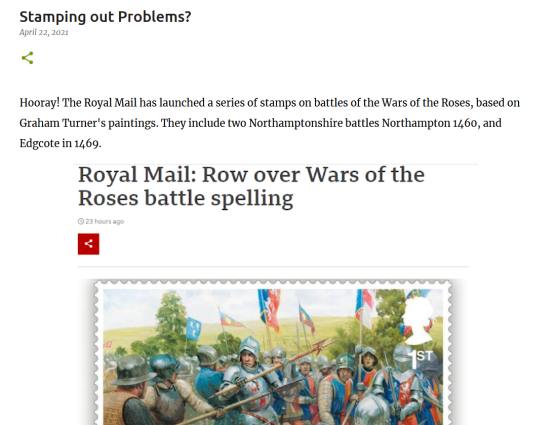Depending on your point of view, James Graham, Marquis of Montrose, was either a murderous traitor or one of the great romantic figures of the English Civil War – or at least the Scottish part of it. A defender of Scottish liberties, he took up arms against Charles I in 1639, but later found himself increasingly at odds with Scotland's power base of nobles. In 1643, he saw fit to switch sides, and rode south to warn Charles of the Scottish Government's intention to ally itself with the English Parliamentary rebels. He was at first greeted with suspicion, but once Montrose's prediction proved correct, Charles urged him to help lead Royalist opposition in Scotland.

So Montrose returned to Scotland in 1644 with a small band of followers and an ambitious plan to mobilise Scottish loyalists to the cause. Central to this plan, however, was a rendezvous with the Earl of Antrim's Irish Brigade, and its three regiments of foot who would make up the backbone of Montrose's army. Although a disparate force of Ulstermen and Scots-Irish, the Brigade boasted many veterans of previous wars and such colourful leaders as Alasdair MacDonald (Macolla – the 'Devastator'). They fought hard and with no little desperation, fully aware of the fate that would probably befall them if captured as Catholic 'mercenaries' serving in Scotland. Never a large force, and greatly handicapped by a shortage of horse, Montrose's army was unable to face his enemy on equal terms in the Lowlands, but he led an inspired campaign of constant movement and raids from the rugged Highlands, inflicting many defeats on frustrated Government forces. It was not until Philliphaugh in September 1645 that the Government finally defeated him.
It is only right and proper we start our Montrose range with his dependable Irish troops. Sculptor Alan Marsh has, of course, included pikemen and musketeers; the pikemen equipped with the more manageable cut-down pike preferred by the hard marchers of Montrose's army. Command figures are also represented, together with a priest and a personality figure of Alasdair MacDonald – and yes – he was around 7 feet tall! The Irish also fielded a limited number of mounted dragoons, and we have those, too. You can represent them in dismounted action by combining musketeer figures with the riderless dragoon horses. Some of the Irish rank-and-file wear trews, and all have a suitably ragged appearance typical of this rough-and-ready force.
We will soon be adding the Montrose Scots, Highlanders and Gordon's Horse to this range.

Here are the catalogue details for the new miniatures:
28mm English Civil War Montrose Irish
Variants in parentheses. Variants are supplied randomly.
100ECW01 Montrose Irish musketeer (4)
100ECW02 Montrose Irish pikeman (4)
100ECW03 Montrose Irish with sword (2)
100ECW04 Montrose Irish musketeer, charging with reversed musket (2)
100ECW05 Montrose Irish officer (1)
100ECW06 Montrose Irish drummer (1)
100ECW07 Montrose Irish standard bearer (1)
100ECW08 Montrose Irish priest (1)
100ECW09 Alasdair Macolla Macdonald (1)
100ECW10 Irish dragoon, mounted (4)
100ECW11 Irish dragoon horse - without rider (4)
These miniatures can also be ordered in the U.K. from Fighting 15s, and in the U.S.A. from Eureka Miniatures U.S.A.










